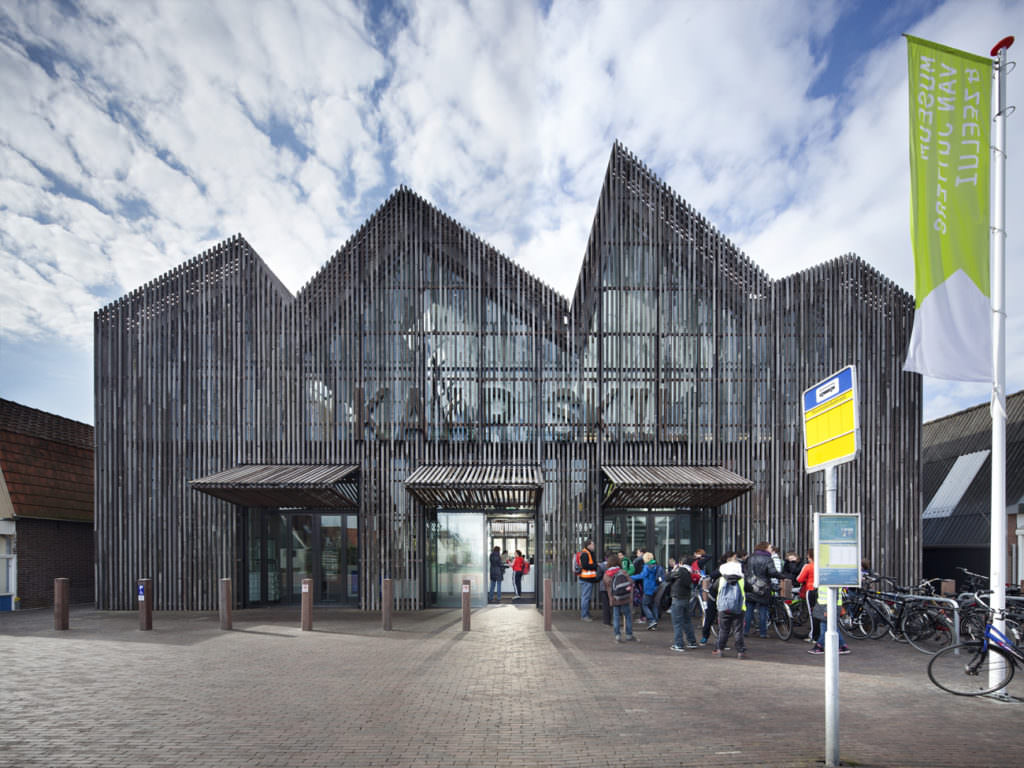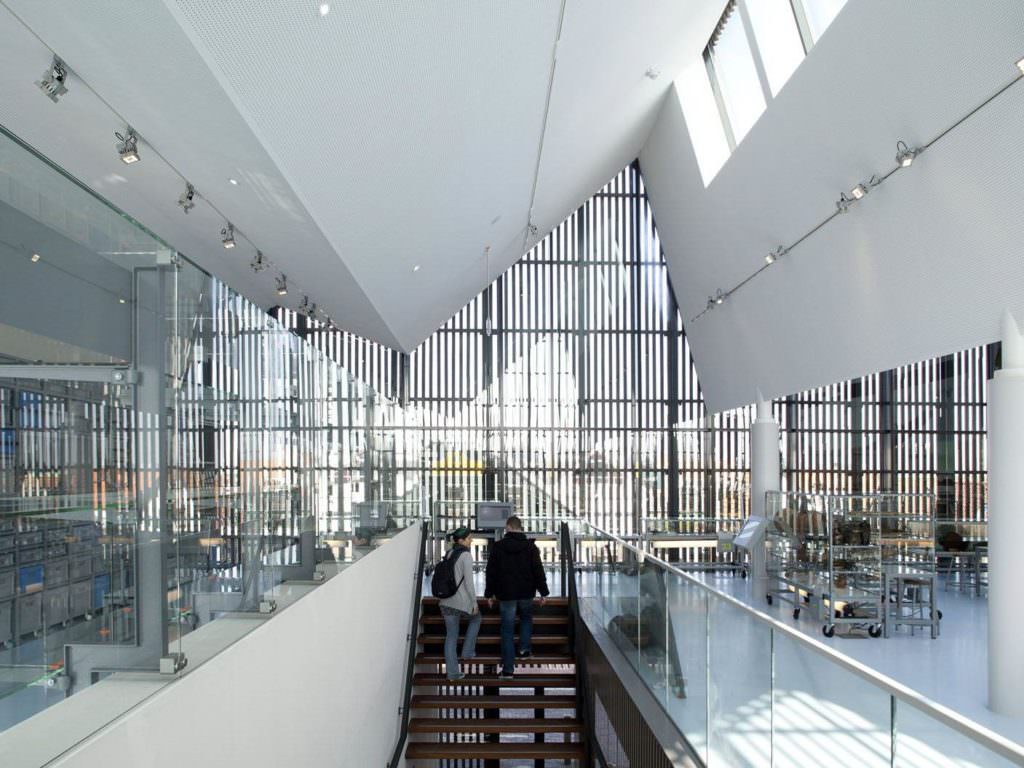Curtain Wall vs Window Wall – What’s the Difference?
Architects and designers in the commercial arena are using glass as a design element more now than ever. It has excellent thermal benefits in the right climate, it’s fully recyclable, and allows those brilliant minds to explore previously impossible designs.
Probably the most important reason for cloaking a building with glass is that it simply looks beautiful. Acres of seamless, shimmering sheets enfold an otherwise ordinary building like an impossibly still lake, making a stunning yet silent statement.
While there are many ways of implementing glass in exterior building design, the two preferred methods use curtain walls or window walls. These two systems may look much the same, but they are built and installed quite differently.
What is a Curtain Wall?
A curtain wall consists of glazing that is held securely in metal frames or with vertical and horizontal mullions that are firmly anchored to the floor slabs of a commercial building. These systems never form part of the actual structure of the building and are not load-bearing in any way.
Whilst not adding to the structural integrity of a building, they offer additional weather resistance protecting from wind, moisture, and heat.
What is a Window Wall?
Window walls are glass panels that are positioned between the floor slabs and sealed with caulking. These too, are not load-bearing systems, but they are more integrated into the actual building structure than a curtain wall.
Window walls are manufactured off-site and are quickly and easily installed during construction.
The Key Differences
The final visual effect between a curtain wall and a window wall may be difficult to spot, but the important differences lie elsewhere.
- Curtain walls can be installed after construction with little disruption to the building and occupants. Window walls will be more intrusive to install post-construction, although they are far quicker to install during the build.
- Generally speaking, curtain walls carry a heavier cost than window walls.
- Window walls offer better soundproofing and, in some instances, better fire management than curtain walls.
- Curtain walls offer more design options and can be more elaborate, using larger glass surfaces and innovative frames and supports.
Examples of Curtain Walls
1. Kaap Skil, Maritime and Beachcombers Museum, Oudeschild, Texel, Netherlands
A striking building by all counts, this award-winning museum echoes the surrounding architecture whilst offering an interior that is, frankly, breath taking.
“The inner envelope layer includes two solid walls of reinforced concrete capped with two glass walls framing views of the surrounding context. Steel frame construction allows minimal interference between structure and circulation, holding the glass in place and balancing both the glazing and the wooden strip cladding.” (Source)


2. Pierres Vives by Zaha Hadid Architects, Montpellier, France
A fascinating combination of an archive, library, and sports sector, this landmark structure is a study in fluid design and attention to detail.
“Formed around a single continuous envelope, the building creates a fluid identity that’s reflected in glass and opaque surfaces. Over one thousand large precast concrete modules were used to echo the flow of the column-beam structure. Extending between these is a system of curtain walls fitted with Reynaers CW 70 aluminium profiles.” (Source)

Examples of Window Walls
1. Promised Land
Situated in Long Island, N.Y., this private residence was built around the weather. The owners are keen sailors and windsurfers, and their request for a home that served as a “tool for highlighting environmental information” was realised in this beautiful construction.
2. Half-Tree House
This minimalist home, hidden away in a remote part of upstate New York was constructed by its owners, “amateurs” by their own admission.
Sparse, yet lovingly constructed, this beautiful space makes the best use of huge sheets of glass to drag the eye out into the forest below while keeping the occupants safe and warm.

3. Laidley Street Residence
The design of this modest and compact home in San Francisco makes a little look like a lot. Due in no small way to the expansive windows walls, this home is flooded with light, enjoys views from all sides, and maintains a quiet and warm interior.

Where to From Here?
Without a doubt, curtain walls and window walls add another dimension to a building – whether residential or commercial.
What you need to know now is, who can provide the products and service that you need for your next project?
We’d like to invite you to chat with one of our seasoned professionals here at Origin who will be able to answer all your questions and provide you with the very best product.






